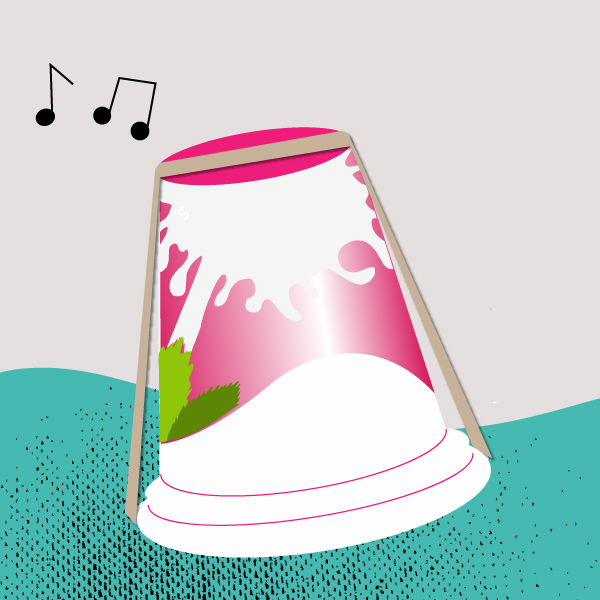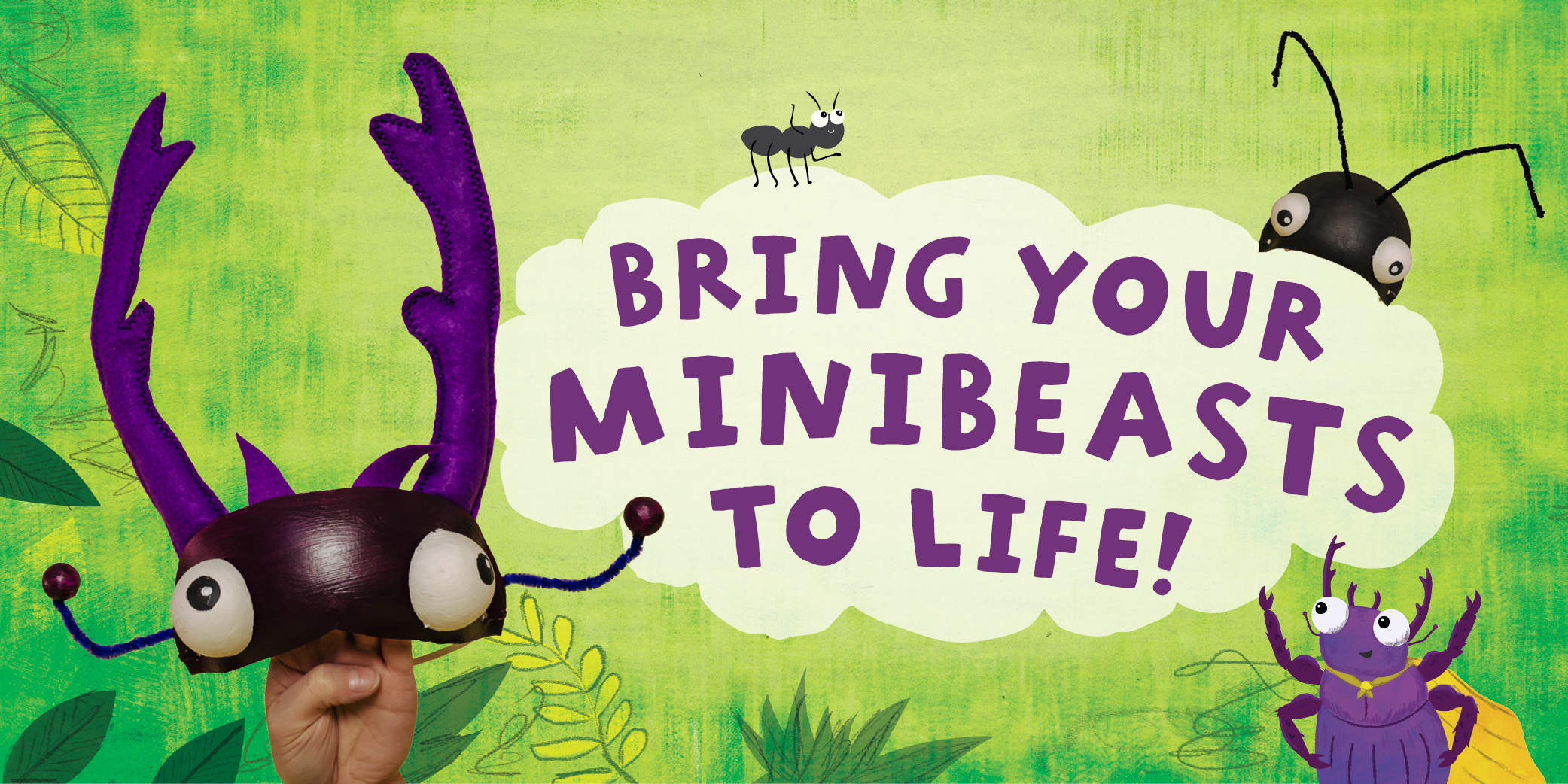What Happens When We Sing? Make A Model Voice Box Craft For Kids

We use our voices all the time, telling stories, giving instructions and chatting with friends, and while some of us are more talkative than others, there’s no doubting just how important our voices are. But have you ever wondered what happens when you sing? I don’t mean: do you move the audience to a spontaneous standing ovation, or send the dog scurrying in a panic beneath the table? I mean what is actually going on inside your body?
Whether you’re auditioning for The X Factor, belting out ‘Rule Britannia’ on the stage of the Royal Albert Hall, singing in morning assembly or just serenading your duck in the bath, your vocal folds will be working overtime! If the breath, diaphragm and lungs are the engine room of the voice, and the mouth, noise and throat are the amplifier, then it’s the voice box which is the instrument.
Your voice box (or larynx) is a tube of cartilage that connects to the top of your windpipe. Inside it are two bands of soft tissue, the vocal folds. When you sing, muscles pull these folds together and the air passing over them causes them to vibrate. The shorter the vocal cords, the faster they vibrate and therefore the higher the sound you make. Men’s vocal cords are slightly longer and thicker than women’s, which is why their voices are lower.
Take a look at this video, which shows the vocal folds of a group of singers in action. It’s fascinating stuff, though you might want to leave it until after breakfast!
Although it’s a bit like watching a hungry nest of starlings begging for a worm, it is amazing that such a beautiful sound can be produced by those delicate little fleshy ribbons. And think about the accuracy needed to produce these exact pitches – to sing the A above middle C, for example, the vocal folds have to vibrate precisely 440 times per second.
Make a yoghurt pot model of the voice box
Activity: Make your own working model of vocal folds
You will need: A yogurt pot, baked bean tin, plastic cup or similar; an elastic band.
You will need: A yogurt pot, baked bean tin, plastic cup or similar; an elastic band.

Stretch the elastic band over the top and bottom of the yoghurt pot. Hold the pot by the sides and turn it over so that you’re looking at the bottom. Blow gently across the bottom of the pot, directing the air between the elastic band and the yogurt pot. You should hear quite a tuneful note and, just like the vocal cords, stretching the elastic band will change the pitch of the note.
Celebrate World Voice Day in your school and use this activity to teach children about the voice box and exactly what happens to our voice box when we sing.
Click here to post a comment.




